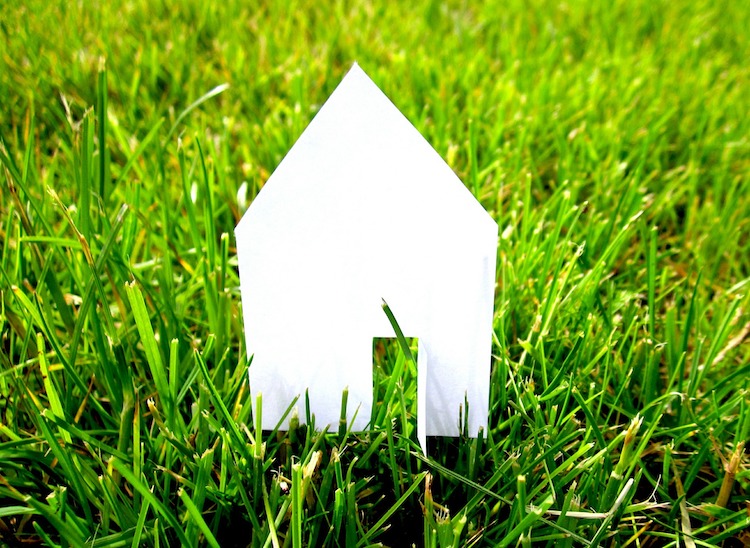Every year (outside the current health context), home shows set up in the largest cities in France, an opportunity for visitors to meet professionals from the sector. In addition to numerous exhibitions, workshops, meetings with craftsmen, these shows also offer trends for the coming years and major innovations in construction.
Today, the RT2020 focuses on the realization of passive constructions, the future projects on positive energy buildings. Innovations are now made towards ecology; it is essential to erect buildings respecting the standards of tomorrow.
The production of construction materials represents a significant part in carbon dioxide emissions, energy consumption, and waste production. It is necessary to succeed in producing materials with a low carbon footprint, with always the will of good quality products at a reduced price, so that the client is not disadvantaged.

You've understood, after years of unchecked consumption, the planet has become our priority. This is evidenced by the greening of many municipalities in France. Thus, large-scale projects are born in metropolises.
The Hyperion Tower in Bordeaux, the Occitanie Tower in Toulouse, the Ternes-Villiers bridge building in Paris... these ambitious and innovative projects "verticalize" nature: because it is vital to offer low-carbon places in overcrowded cities, buildings are vegetated.
The future goal is clear, it is necessary to be able to recycle materials (brick, concrete, glass, metal, wood...) and respect the principle of the 3 Rs: reduce the quantity of products, reuse them to revalue them, and thus, recycle them. Thus, solar panels are recyclable at nearly 95%, cigarette butts, used tires, and various plastics are, among others, used for the construction of roads.
It is crucial to move towards "zero waste", while being able to offer a good compromise of material quality and low-cost production, combining visual and quality.
Today, all this becomes possible thanks to the evolution of technologies. Thus, researchers have developed concrete based on plant fibers, bricks made of mushroom or recycled paper, self-healing concretes (thanks to fungi capable of producing limestone and repairing cracks appearing in materials).
Two 3D printed concrete bridges were installed in the Netherlands and Spain in 2017.



